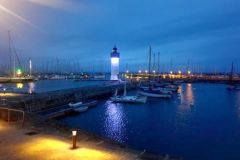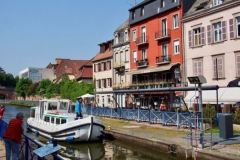The Breton waterways were designed and built to link the various arsenals without fear of English blockades. The North-South axis follows the Vilaine, while the Nantes-Brest canal linked the two major military ports before the Guerlédan dam cut the route. These waterways intersect in Redon, where the Oust also flows into the Vilaine. This ensemble makes of Redon a small city meshed with canals, basins and beautiful bodies of water to discover.
River and sea access
The ascent of the Vilaine from the Atlantic and the Arzal dam is possible with an air draft of up to 25 meters. The only inconvenient bridge, that of Cran, has an opening span which allows sailing boats to come and taste the charms of fresh water. One can thus penetrate inland for nearly 50 kilometers. A bucolic navigation for a stopover in the beautiful basin dug in the center of the city. An essential stopover for those who plan to travel to the Channel by river.
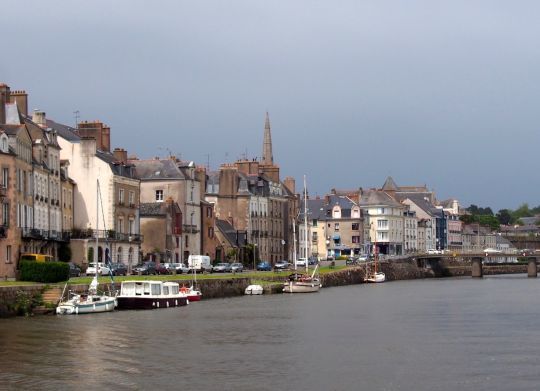
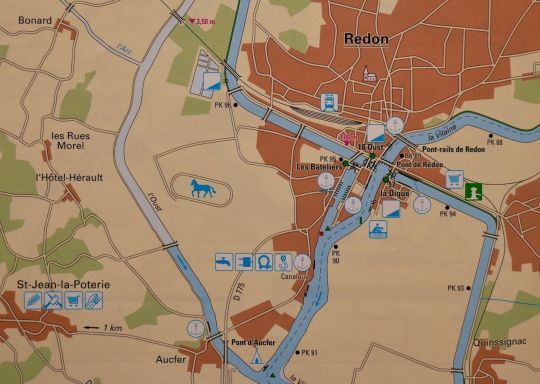
A hub for transiting ships
By following the course of the Vilaine to Rennes, one can then reach Dinan and then Saint-Malo, sparing oneself the hazards of the Iroise Sea. However, this portion of the route is only accessible to boats with a river gauge and the air draft of 2.50 meters is one of the most limited of the French network. Boaters who have followed the canal from Nantes have a choice: they can access the Vilaine directly from the Bellion lock or continue through the wonderful "petit canal de Redon", 7 kilometers long and which leads directly to the city center through the Digue lock.

Several possible ways
Normally, its twin on the right bank, the Oust lock is not open to navigation. To continue westward, you must pass through the harbor basin. At the bottom of this one, the lock of the "Bateliers" opens and the lifting bridge which spans it. This basin is lined with beautiful residences that confirm the importance of this merchant port whose opulence ended abruptly with the advent of the railroad.

A naval and religious past
The basin, deserted by commercial ships, offers 168 places for pleasure boats, but an interesting museum evokes nicely, on land and afloat, the time when Redon resounded with the blows of the carpenters' adzes and when goods were piled up on the quays before being shipped to other destinations. When you stop over here, don't miss the opportunity to discover the old town, in particular the monastery or the Saint-Sauveur abbey church, which an impressive underground passageway links to the banks of the Vilaine.
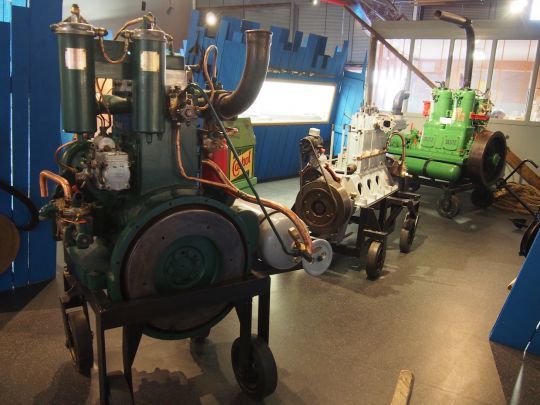
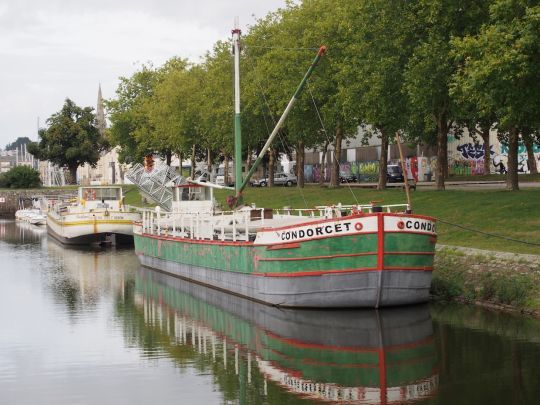
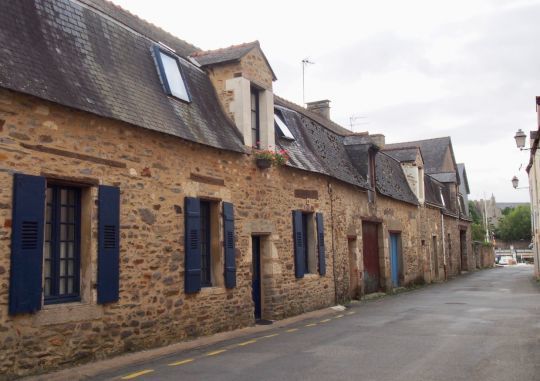
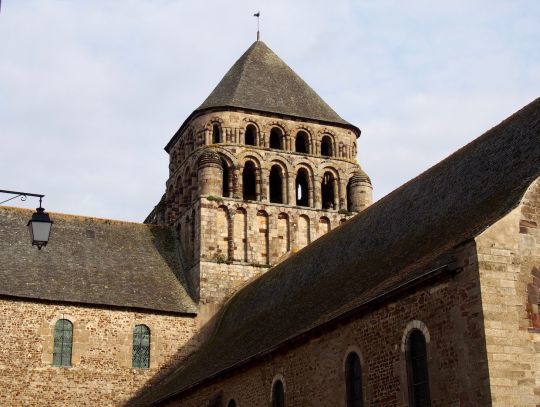
Like many crossroads cities, Redon is one of those that one tends to cross too quickly by road or rail. Approaching here by boat offers a completely different perception of this small and charming city which still has so much to offer to the passing yachtsman.

 /
/ 





